1. Skipping the Right Tools
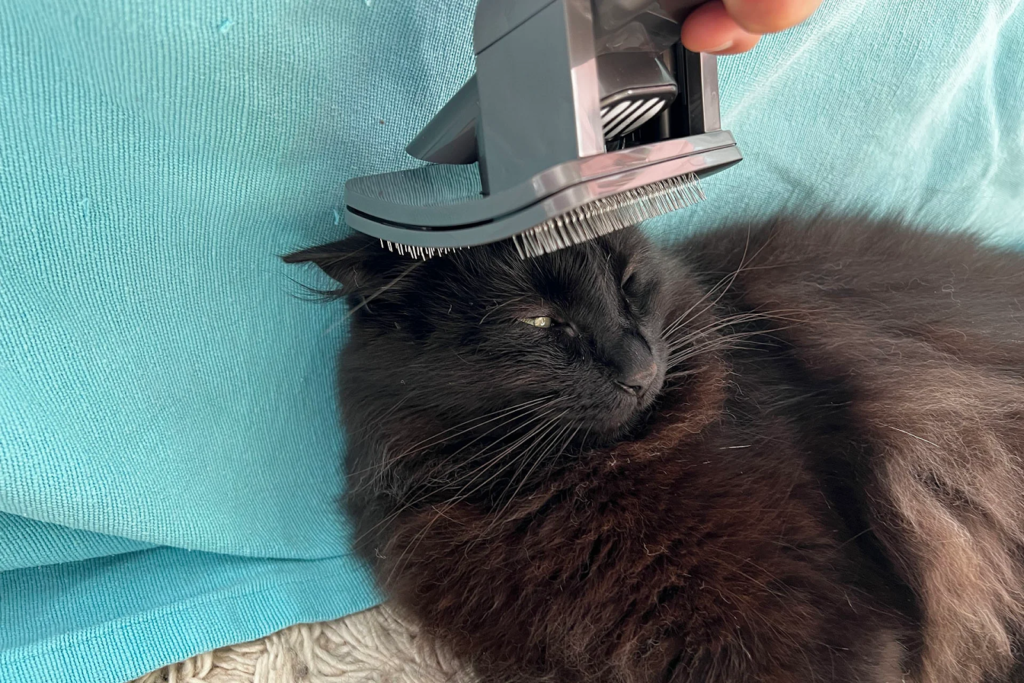
Trusted Reviews
Using the wrong grooming tools is one of the most common reasons cats react with aggression. Cats have different coat types, and using a brush or comb that isn’t suitable for your cat’s fur can cause discomfort, leading to scratches or bites. For example, using a fine-toothed comb on a long-haired cat can pull at tangles, creating pain and frustration. On the other hand, short-haired cats require brushes that remove loose fur but don’t pull on the skin. Always research the best tools for your cat’s breed and coat type, and make sure you’re using the appropriate brush to prevent any discomfort or pain. Proper tools not only make the grooming process easier, but they also show your cat that grooming is a positive experience.
2. Grooming When Your Cat is Already Stressed

Rawpixel
If your cat is already feeling anxious, such as after a visit to the vet, a loud noise, or when they’re in a new environment, it’s best to delay grooming. Attempting to groom a stressed-out cat can result in defensive behaviors, such as scratching or biting. Cats are particularly sensitive to their emotional state, and they may not be in the right headspace for grooming if they’ve been stressed or overstimulated. To avoid these reactions, choose a calm, quiet time for grooming when your cat feels safe and relaxed. Additionally, pay attention to their body language—if their tail is flicking, their ears are back, or their body is stiff, it may be best to give them space and try again later.
3. Not Establishing a Routine

Rawpixel
Cats are creatures of habit, and they thrive on routine. If you try to groom your cat sporadically or when it’s convenient for you, they may become agitated or confused. Cats don’t understand why they’re being handled in these instances, and this uncertainty can trigger defensive behaviors. Establishing a consistent grooming routine can help your cat get used to the process, reducing stress and making them more comfortable. Try to groom your cat at the same time each day or week, using the same tools, so they learn to associate grooming with a regular, non-threatening activity. Over time, your cat will become more accustomed to grooming, and it’ll feel less like an intrusion into their day.
4. Ignoring Signs of Pain or Discomfort
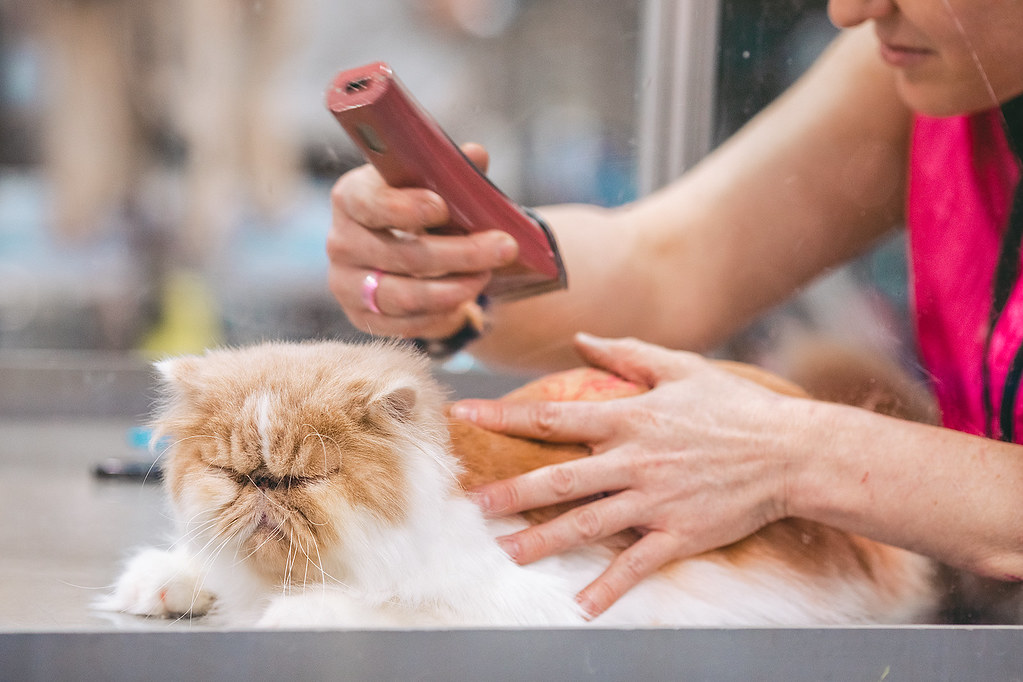
Flickr
If your cat suddenly reacts aggressively during grooming, it may be a sign that they’re in pain or discomfort. This could be due to matting, skin irritation, or an injury that you may not have noticed. Ignoring these signs and continuing to groom can lead to further stress or even physical harm. Always check your cat’s skin and coat carefully before grooming to ensure there are no tangles, bumps, or other issues that could cause pain. If your cat seems particularly sensitive in one area, go gentle and avoid that spot or contact your vet for advice. By listening to your cat’s signals, you can avoid making the grooming experience painful or unpleasant.
5. Not Being Gentle or Using Too Much Pressure

Pexels
One of the biggest mistakes cat owners make during grooming is being too rough. Cats have sensitive skin, and brushing with too much force can hurt them, causing scratches, biting, or even fur loss. Additionally, applying too much pressure when trimming their nails or brushing out tangles can make your cat feel threatened or in pain. To prevent this, always use light, gentle strokes, especially when brushing or combing. Pay close attention to your cat’s body language; if they flinch, pull away, or seem agitated, ease up and give them a break. Gradual, gentle grooming will keep the experience positive and reinforce trust between you and your pet.
6. Grooming for Too Long

Flickr
It’s easy to get carried away with grooming, especially if your cat’s coat is particularly thick or tangly, but grooming for extended periods can overwhelm your cat. Cats generally prefer short, regular sessions rather than long, drawn-out grooming marathons. If you try to groom your cat for too long, they may become irritated or stressed, leading to scratching or biting as a way to communicate that they’ve had enough. Keep grooming sessions short—no more than 10 to 15 minutes at a time—and break them up into multiple sessions if needed. This way, your cat won’t feel overstimulated, and they’ll associate grooming with short, manageable intervals.
7. Failing to Reward Good Behavior
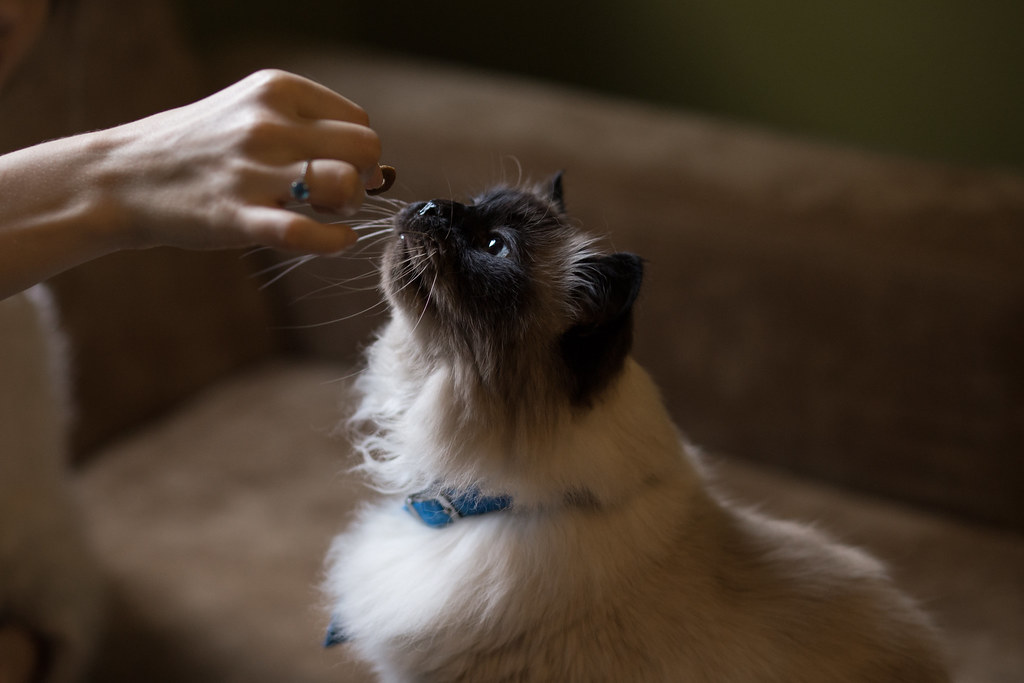
Flickr
Cats, like other pets, learn through positive reinforcement. If your cat behaves well during grooming, it’s essential to reward them with praise, treats, or affection. Failing to acknowledge good behavior may make your cat feel unappreciated, and they may become less cooperative in the future. Use treats or gentle praise to let your cat know that grooming is a good experience. Over time, they’ll start associating grooming with rewards and positive attention, which will make them more likely to remain calm and cooperative during future sessions. Rewards help to reinforce the bond you share with your cat, making grooming a more enjoyable experience for both of you.
8. Grooming Without Preparing Your Cat

Freerange Stock
Cats are naturally curious creatures, but they can be wary of new experiences, especially when it comes to grooming. If you suddenly start grooming your cat without preparation, they may feel surprised or even threatened. To help them adjust, start with short grooming sessions using a soft brush or comb, and gradually increase the time and frequency. If your cat is unfamiliar with grooming tools, allow them to sniff and investigate the brush before you begin. Gently touch their body with the brush or comb in a non-intrusive way to help them feel comfortable with the sensation. Over time, they’ll become more accustomed to the process and less likely to react negatively.
9. Neglecting Regular Nail Trims
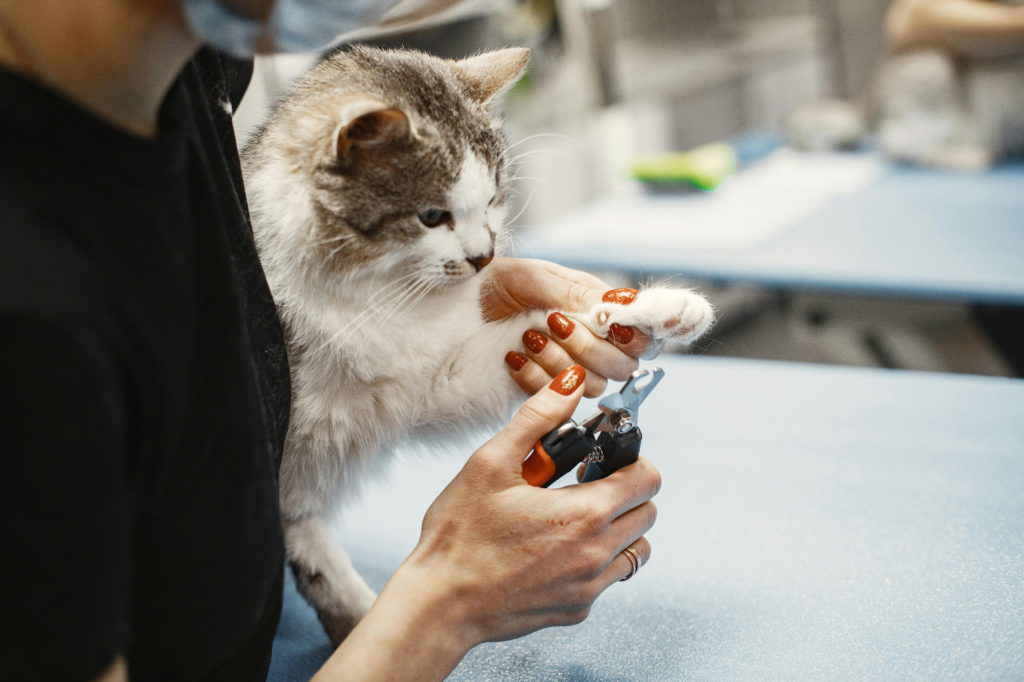
Pexels
Trimming your cat’s nails is an essential part of grooming, and neglecting this task can lead to painful scratches—both for you and your cat. Overgrown nails can also become snagged or damaged, which may cause your cat to feel pain or discomfort. If you’re not regularly trimming your cat’s nails, they may resort to scratching in other ways to shed excess nail growth. If they’re not accustomed to nail trims, your cat may become defensive or resist, leading to aggressive behavior. Start trimming your cat’s nails regularly and gently, rewarding them afterward to help them stay calm. Regular nail care is important for both you and your cat’s safety.
10. Not Respecting Your Cat’s Boundaries
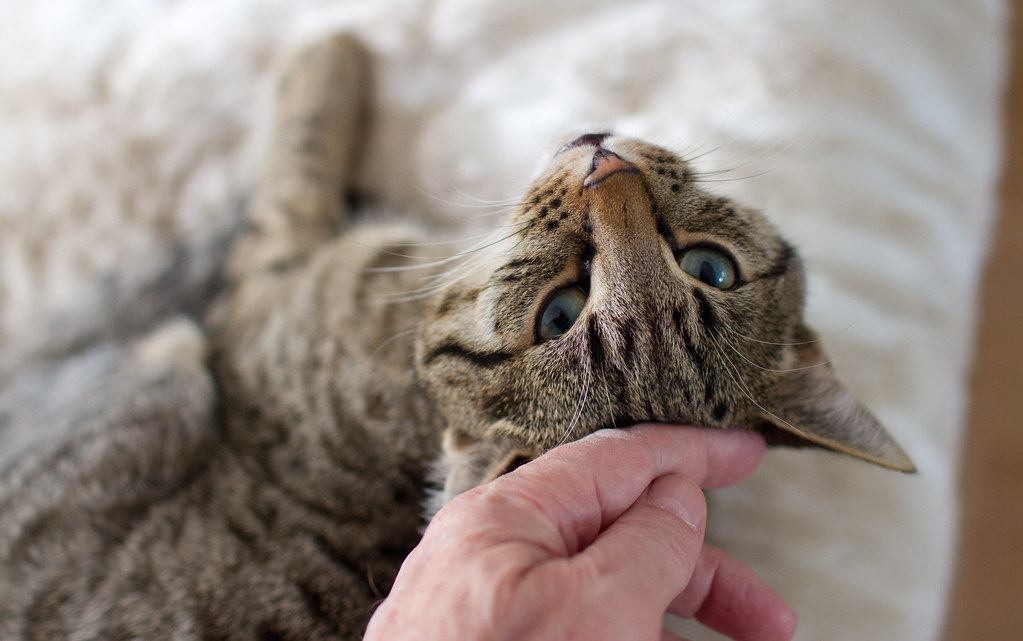
Flickr
Every cat is different, and some are more sensitive to grooming than others. If you push your cat too far or fail to respect their boundaries, they may react with aggression. For example, if your cat becomes restless or tries to escape, it’s a sign that they need a break. Pushing through their discomfort can lead to more severe behavior issues, including scratching and biting. Pay attention to your cat’s signals, and stop grooming if they show signs of distress, such as growling, hissing, or trying to run away. Giving them space and allowing them to come back on their own terms will help build trust and make future grooming sessions easier.
11. Focusing Only on the Coat and Forgetting Other Areas
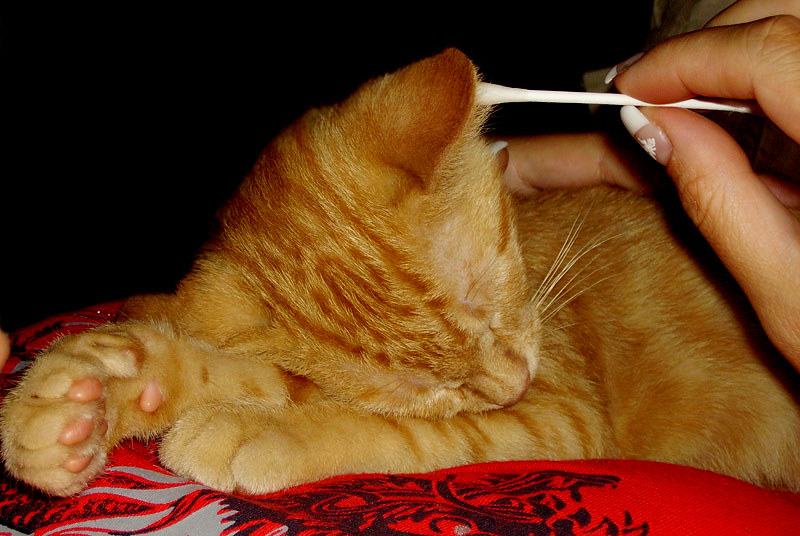
Flickr
While it’s essential to groom your cat’s coat, don’t forget about other areas, such as their ears, teeth, and paws. Cats can get stressed or defensive if you only focus on one part of their body and neglect others. For example, not cleaning your cat’s ears or trimming their claws regularly can lead to discomfort or even infection, which could cause them to act out during grooming. By taking a balanced approach to grooming, you ensure that all aspects of your cat’s health are attended to, making grooming a more enjoyable and comprehensive experience.
12. Grooming Without Using Calming Techniques
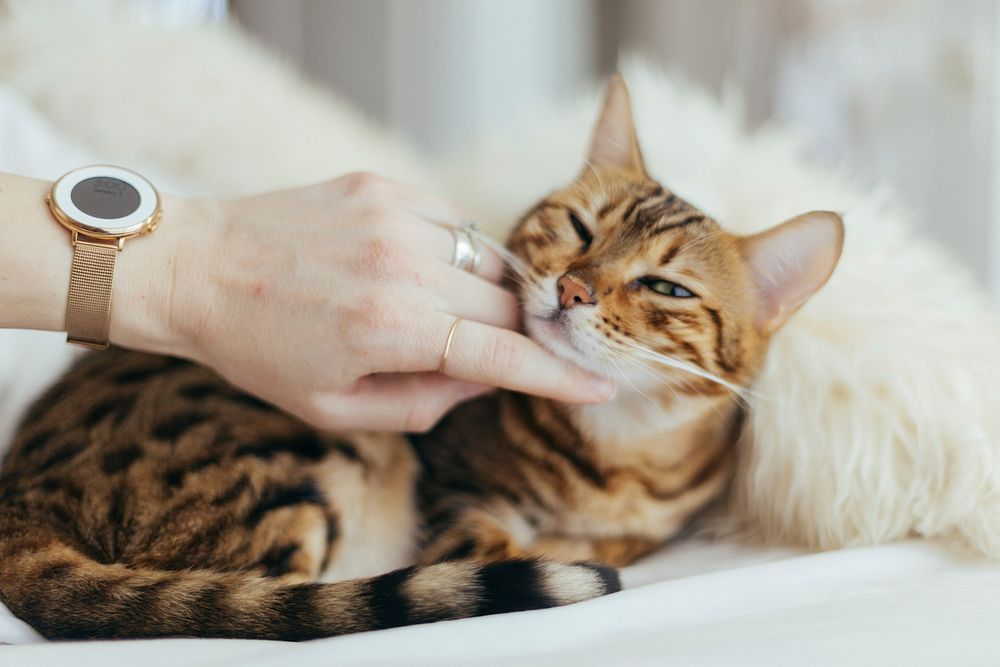
Rawpixel
Grooming can be a stressful experience for some cats, particularly those who are more sensitive or have had negative grooming experiences in the past. Using calming techniques like soft music, a calming spray, or even placing your cat on a non-slip surface can help them feel more at ease. Speaking to your cat in a soothing tone while grooming them can also help reduce anxiety. If your cat is particularly nervous, consider using a gentle, pet-safe pheromone spray to help them relax before starting the grooming session. A calm environment can make all the difference in how your cat responds to grooming.


